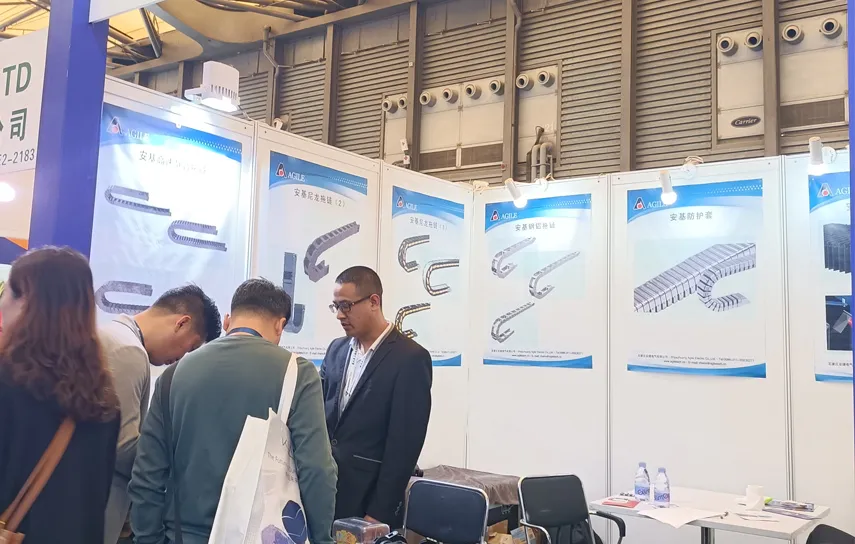cable track
The Importance of Cable Tracks in Modern Industries
In today's technologically advanced world, efficient management of cables is crucial for various industries. Cable tracks, also known as cable carriers or drag chains, play a significant role in ensuring that electrical cables and hoses are organized and protected during operation. These essential components enhance safety, longevity, and efficiency in environments ranging from manufacturing plants to robotics and automotive sectors.
What Are Cable Tracks?
Cable tracks are specialized structures designed to guide and protect flexible cables and hoses. They are typically made from high-quality materials such as plastic, steel, or aluminum, and are available in various styles and sizes to accommodate different applications. The primary function of a cable track is to allow cables to move smoothly, especially in dynamic environments where they must bend and twist regularly. This is particularly important in machines that have moving parts or operate in tight spaces.
Benefits of Using Cable Tracks
1. Protection One of the most significant benefits of using cable tracks is the protection they provide to cables. In industrial settings, cables can be exposed to harsh conditions, heavy machinery, and potential tangling or snagging. Cable tracks not only shield cables from physical damage but also help prevent wear and tear over time.
2. Organization In any operational environment, cable management is key to maintaining efficiency. Cable tracks keep cables organized, reducing the risk of tangling or confusion among various lines. This organization leads to easier maintenance and troubleshooting and promotes a safer working environment.
cable track

3. Flexibility Modern cable tracks are designed to accommodate a range of movements. They can handle linear, rotary, and multi-dimensional motions, making them suitable for various applications. Industries that rely on automated machinery, such as robotics and CNC machining, benefit greatly from the flexibility cable tracks provide.
4. Space-Saving By using cable tracks, companies can optimize space in their facilities. Instead of having cables sprawled across the floor or confined to certain pathways, cable tracks allow for a more compact and organized setup. This can be especially beneficial in smaller workspaces where every inch counts.
5. Increased Lifespan of Cables Constant friction and movement can significantly reduce the lifespan of cables. However, by incorporating cable tracks, companies can minimize wear on their cables, ultimately leading to lower replacement costs and reduced downtime.
Applications of Cable Tracks
Cable tracks are versatile and can be found in a variety of applications across different industries. In manufacturing, they are used to manage cables in assembly lines and automated equipment. In robotics, they help streamline power and data connections for robotic arms and mobile units. The automotive industry employs cable tracks to manage wiring harnesses in assembly plants and testing facilities. Additionally, they are used in entertainment, telecommunications, and transportation sectors, demonstrating their adaptability across fields.
Conclusion
In conclusion, cable tracks are essential components in modern industrial settings, providing protection, organization, and increased flexibility for cable management. Their ability to enhance safety and efficiency makes them invaluable in a variety of applications. As technology continues to advance and industries evolve, the importance and sophistication of cable tracks will undoubtedly grow, making them a critical element in the machinery and equipment of the future. Investing in high-quality cable tracks not only improves operational efficiency but also contributes to a safer and more organized workplace.








